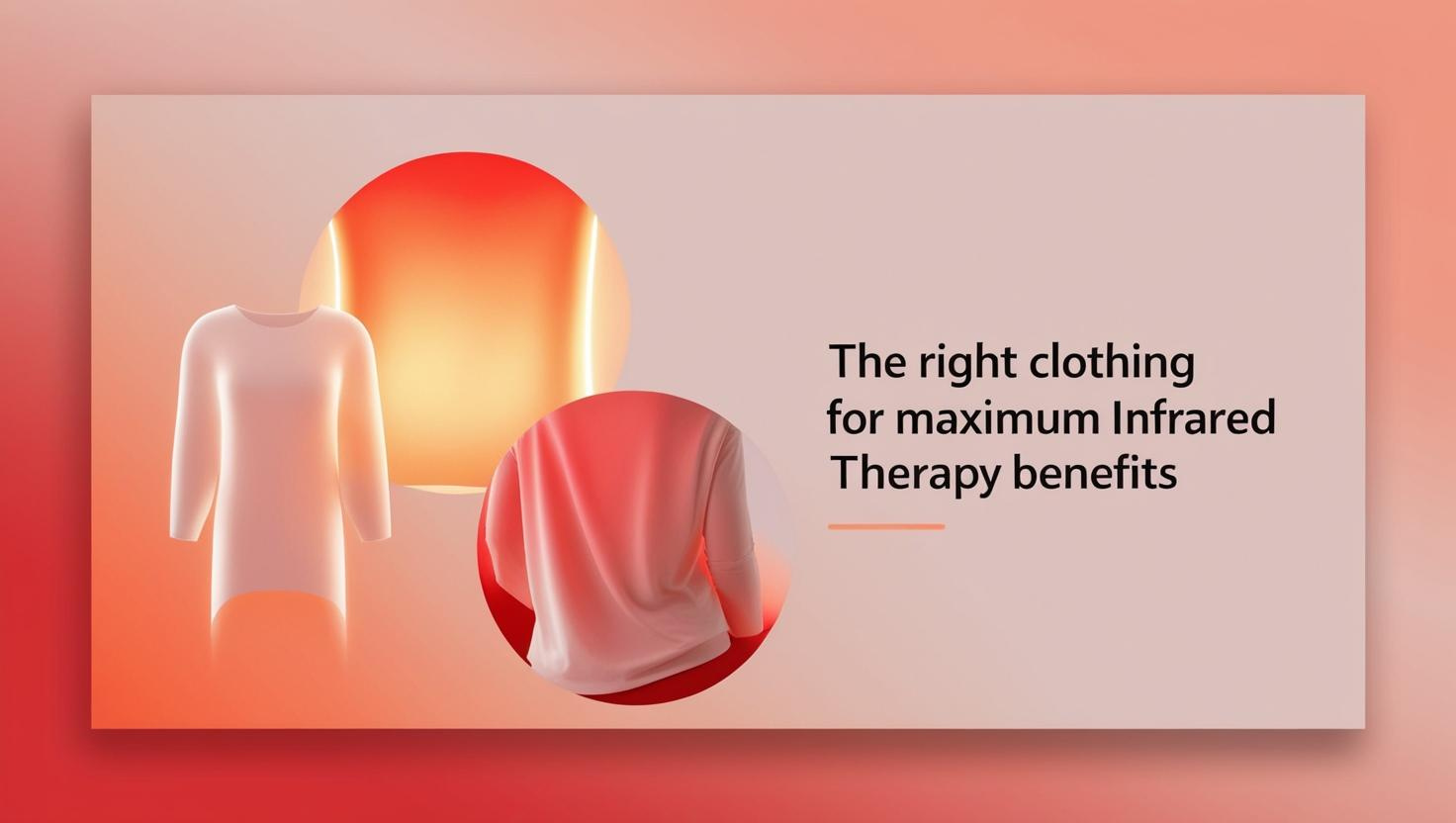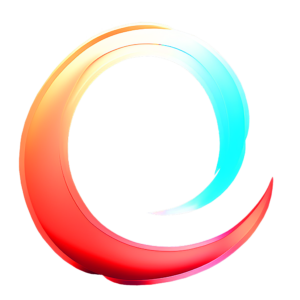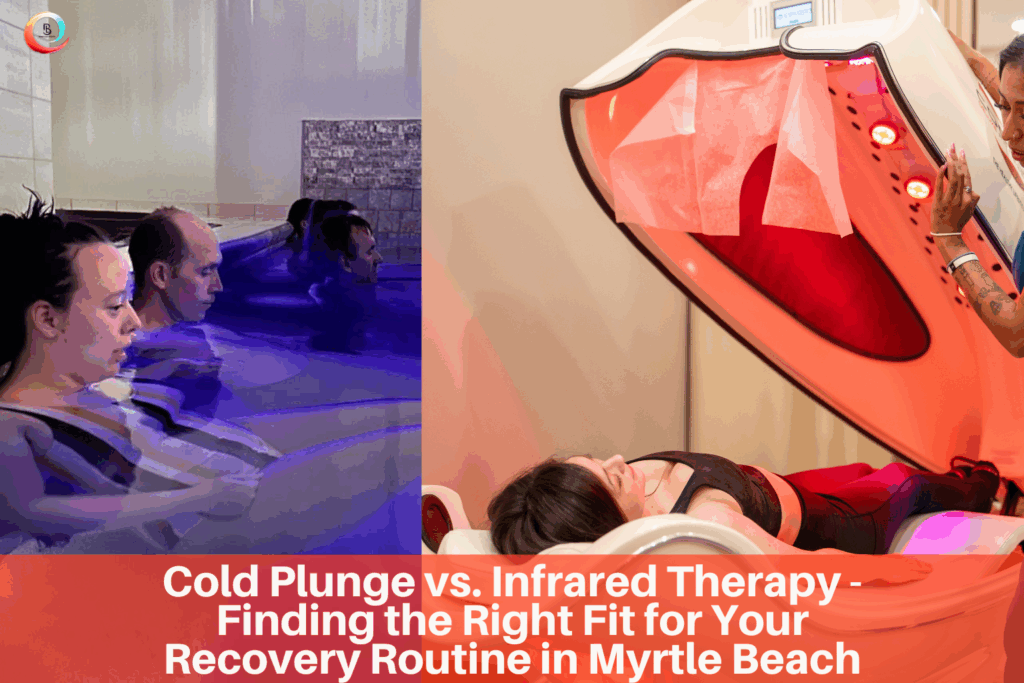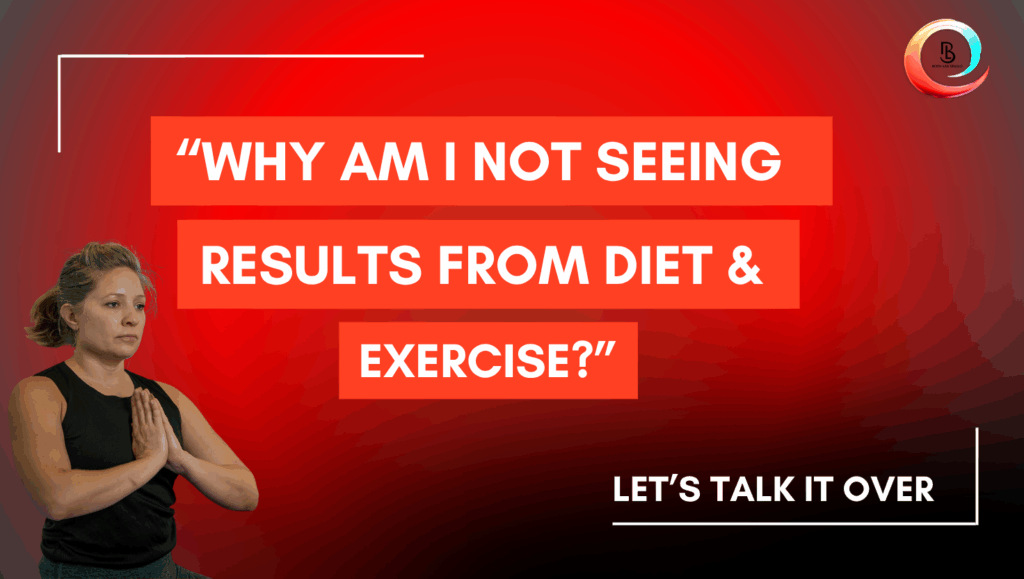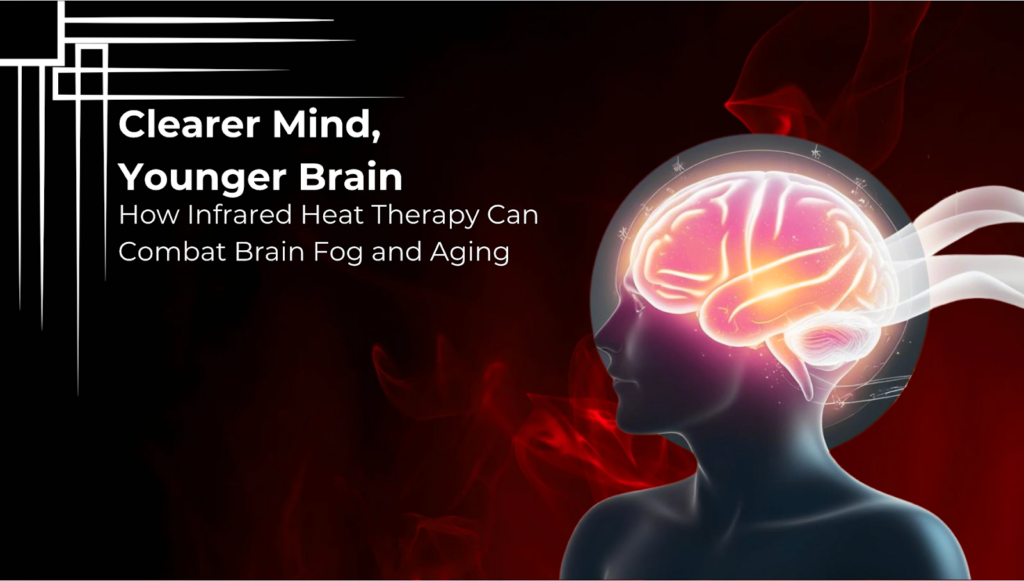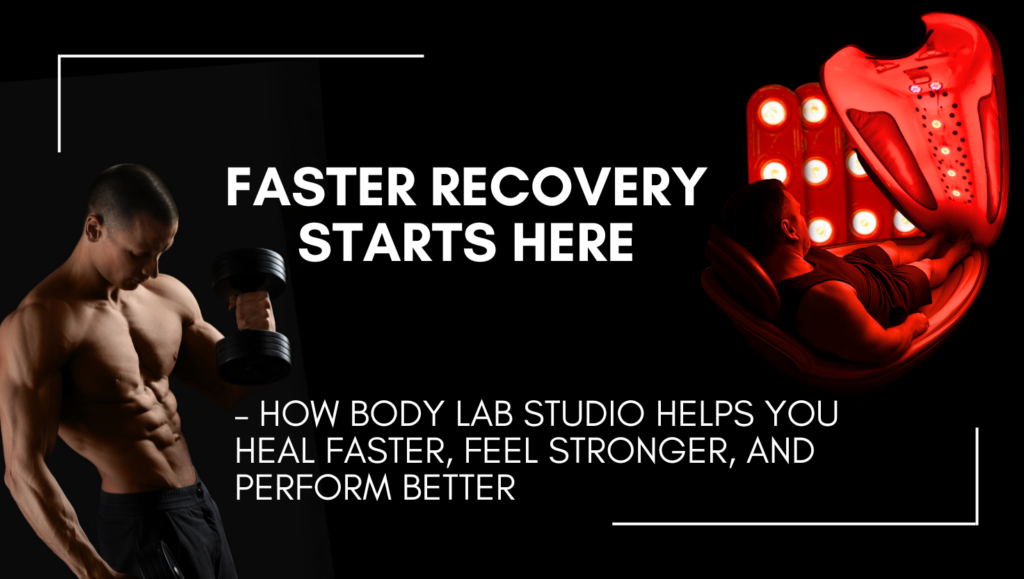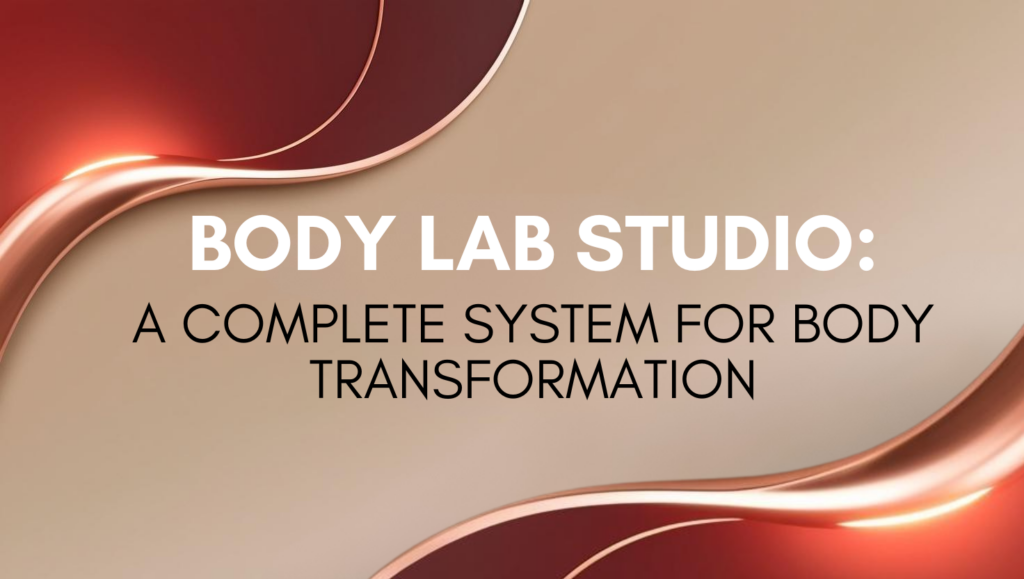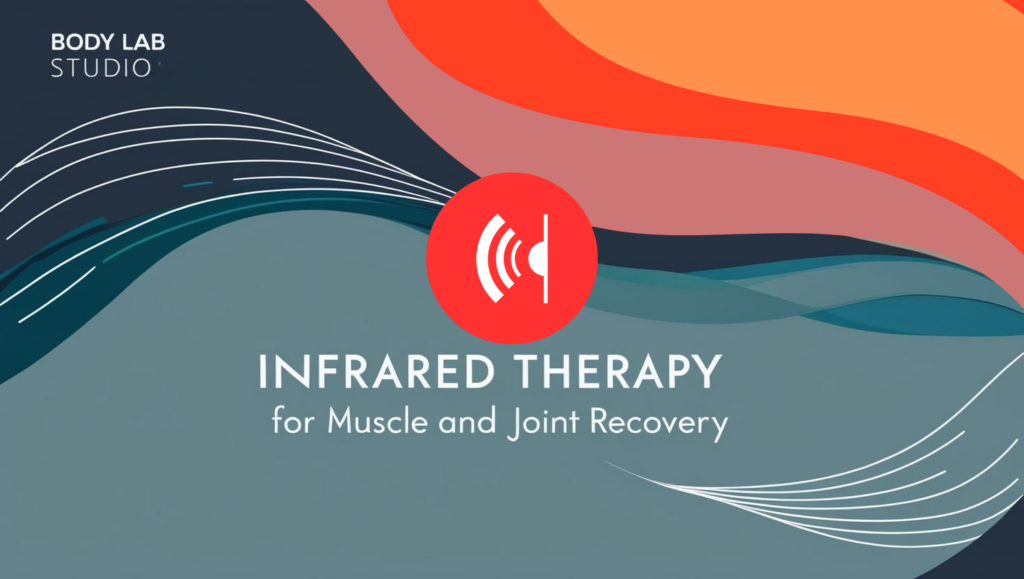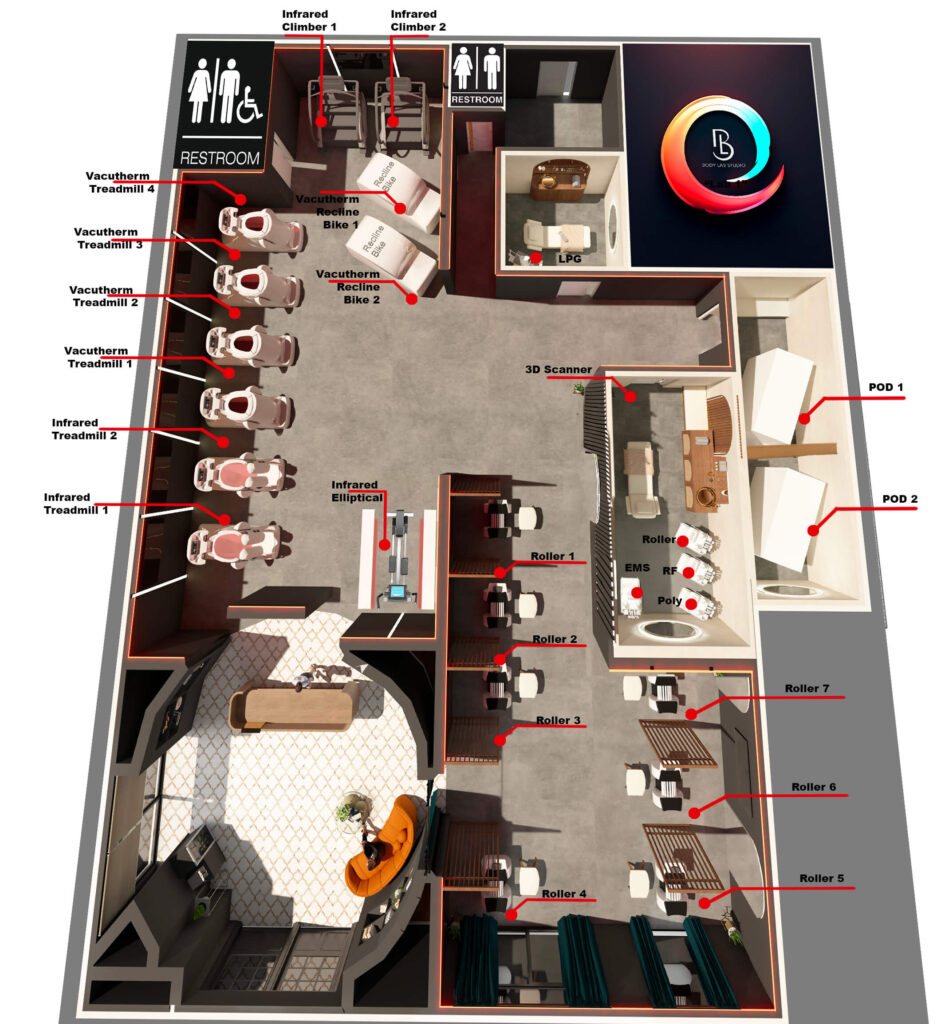Ever walked outside in a black tee on a hot day and instantly felt like you were roasting? Same idea with infrared therapy. What you wear can totally change how well it works.
People ask us all the time:
“Does clothing affect my results?”
Yep. Big time.
The more skin the infrared light can reach, the better. Layers block the heat. So skip the thick clothes and go for something light — shorts, tanks, or even a towel. Some folks go nude during private sessions, and that works too.
Bottom line? Less fabric, more glow. Keep it breezy and let your body soak it all in.
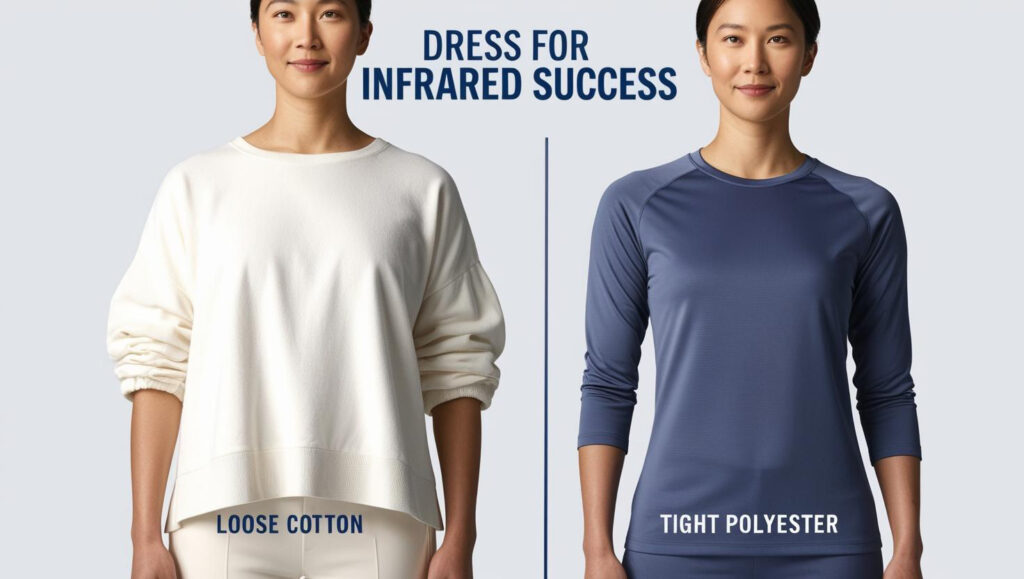
Why Clothing Matters in Infrared Therapy
Infrared therapy works by sending light waves into your skin, gently warming you up from the inside. This helps get your blood moving, supports your body’s natural detox process, and just makes you feel good overall.
But here’s the thing — if you’re wearing thick or synthetic clothes, they can block or reflect those waves. That means your body misses out on most of the good stuff.
Think of it like sunbathing. If you’ve got sunscreen on, it protects you from UV rays. Same deal here. Heavy or tight fabrics act like a barrier, keeping the infrared light from reaching your muscles and tissues.
Lighter clothes, like cotton or moisture-wicking stuff, are better. Or no clothes at all, if you’re in a private session and feeling brave. The more skin exposed, the better the results.
So yeah, if you want your session to actually do its job, keep it simple. Less fabric, more glow.
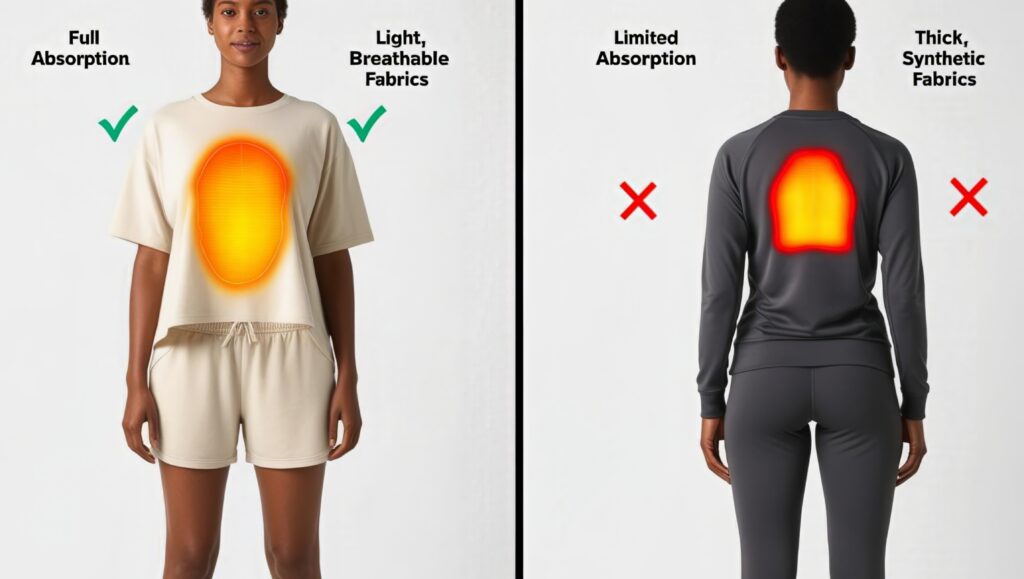
Best and Worst Clothing Choices for Infrared Therapy
Wearing the right clothing — or just less of it — can make a big difference in how well your infrared therapy session works. The goal is to let the light actually reach your skin so your body can soak up the full benefits.
Best Clothing for Infrared Therapy
Loose cotton or bamboo
These fabrics breathe well and let infrared light pass through easily.Minimal clothing (if you’re cool with it)
The more skin exposed, the better. Even a towel works.Breathable, sweat-wicking materials
Helps keep you comfortable and supports the natural detox process.
What to Skip
Synthetic fabrics like polyester, nylon, or spandex
These tend to block infrared waves and keep your body from absorbing the light.Compression gear
Tight sports bras or leggings can restrict circulation and reduce the muscle-relaxing benefits.Heavy layers
Too much clothing traps heat and can make your session uncomfortable or less effective.
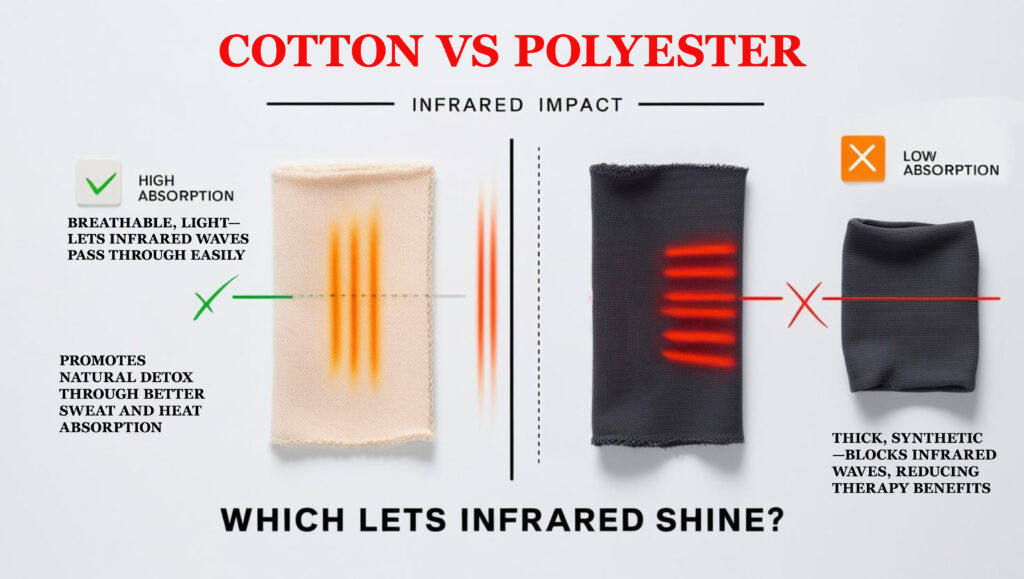
Maximizing Your Therapy Results
Beyond clothing, a few simple adjustments can help you get the most out of your infrared therapy session:
Clothing matters, sure. But there are a few other things you can do to help your body get the most out of infrared therapy:
Drink plenty of water
You’re going to sweat, a lot. Staying hydrated before and after your session helps your body flush out toxins and keeps you from feeling drained afterward.
Do a little stretching
A few light stretches before and after can boost circulation and help your muscles recover more smoothly. Nothing intense — just enough to get the blood flowing.
Stick with it
One session feels great, but real changes come with consistency. Making it part of your weekly routine is where the real magic happens.
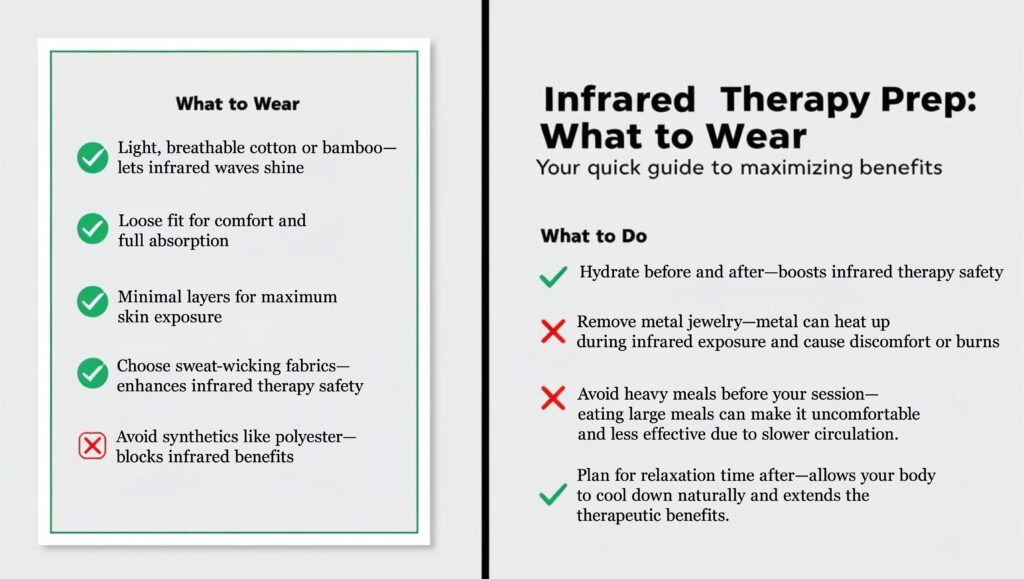
Final Thoughts: Dress Smart, Feel Better
What you wear during infrared therapy actually matters more than you might think. It’s not just about feeling comfortable — your clothing affects how much infrared light your body can absorb.
Simple swaps, like choosing loose cotton over tight synthetics, can make a real difference. Breathable fabrics let the light reach your skin, so you get the most out of every session.
Ready to feel the full effects?
Book your session today and show up in something your skin can actually breathe in.
REFERENCE
- Barolet, D., & Boucher, A. (2010). Prophylactic low-level light therapy for the treatment of hypertrophic scars and keloids: A case series. Lasers in Surgery and Medicine, 42(6), 597–601.
This study highlights the importance of direct skin exposure to light therapy for optimal results. The authors emphasize that clothing can act as a barrier, reducing the therapy’s efficacy. - Avci, P., Gupta, A., Sadasivam, M., Vecchio, D., Pam, Z., Pam, N., & Hamblin, M. R. (2013). Low-level laser (light) therapy (LLLT) in skin: Stimulating, healing, restoring. Seminars in Cutaneous Medicine and Surgery, 32(1), 41–52.
This comprehensive review discusses the mechanisms by which light therapy interacts with skin tissues. It notes that the presence of clothing can interfere with light absorption, suggesting that minimal or no clothing enhances therapeutic outcomes. - Enwemeka, C. S., Parker, J. C., Dowdy, D. S., Harkness, E. E., Sanford, L. E., & Woodruff, L. D. (2004). The efficacy of low-power lasers in tissue repair and pain control: A meta-analysis study. Photomedicine and Laser Surgery, 22(4), 323–329.
This meta-analysis indicates that direct application of light therapy to the skin is crucial for effective tissue repair and pain management. The study suggests that clothing may obstruct the light’s penetration, thereby diminishing its therapeutic benefits. - Mignon, C., Botchkareva, N. V., Uzunbajakava, N. E., & Tobin, D. J. (2016). Differential effect of red and near-infrared light on the expression of genes associated with inflammation, fibroblast proliferation, and migration. Scientific Reports, 6, 30517.
This research explores how red and near-infrared light affect gene expression related to skin healing. The findings underscore the necessity of unobstructed light exposure to the skin, as clothing can impede the light’s ability to modulate these critical biological processes. - Alghamdi, K. M., Kumar, A., & Moussa, N. A. (2012). Low-level laser therapy: A useful technique for enhancing the proliferation of various cultured cells. Lasers in Medical Science, 27(1), 237–249.
This study demonstrates that low-level laser therapy enhances cell proliferation, a key factor in tissue healing. The authors note that for maximum effectiveness, the light should directly contact the skin, as clothing can absorb or reflect the therapeutic wavelengths.

